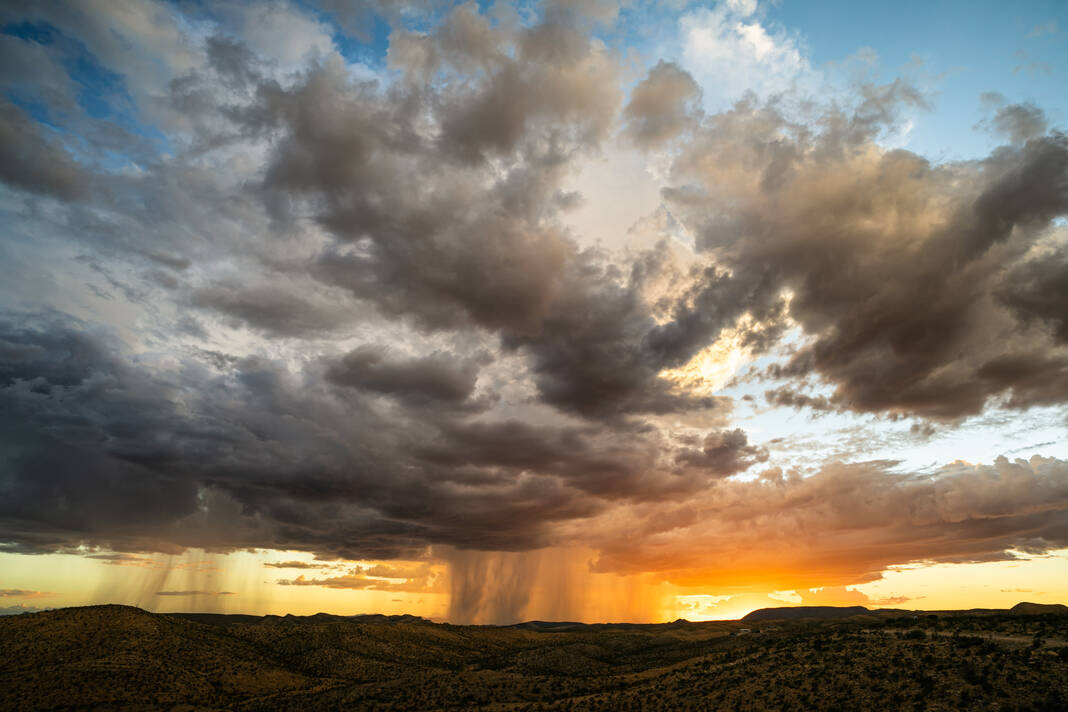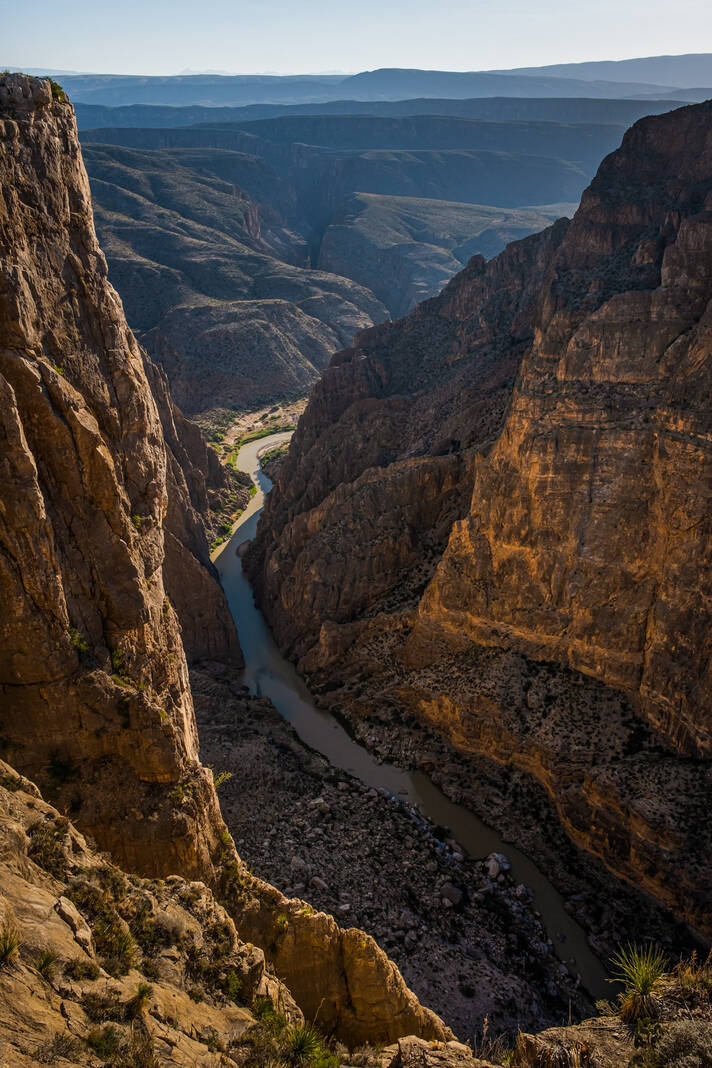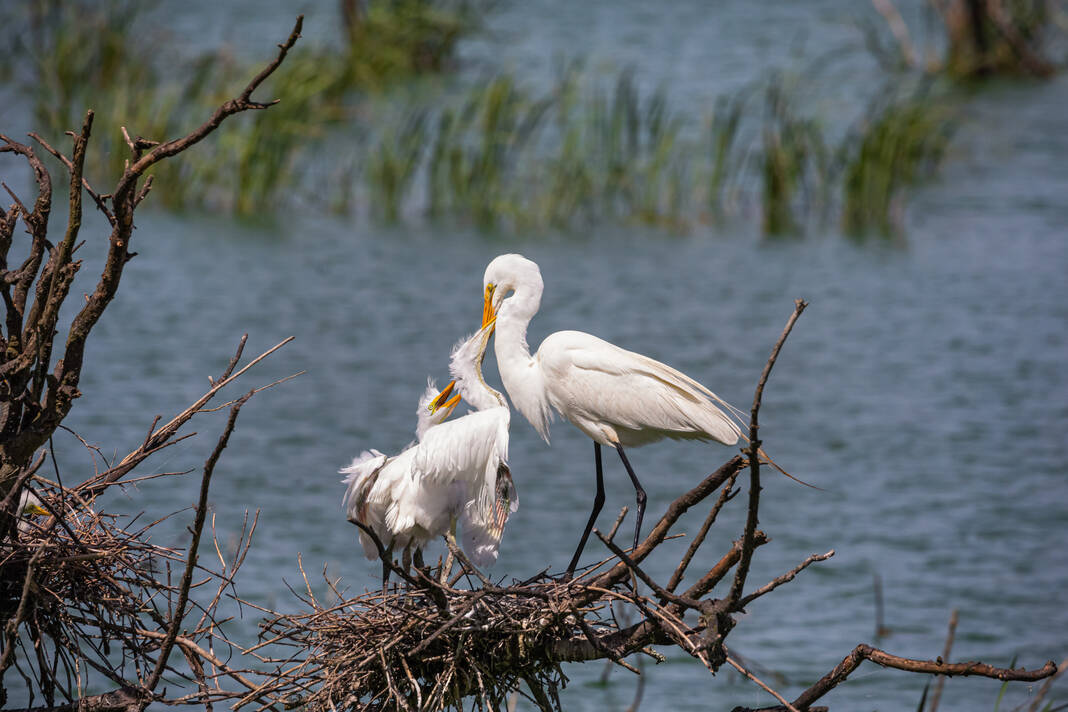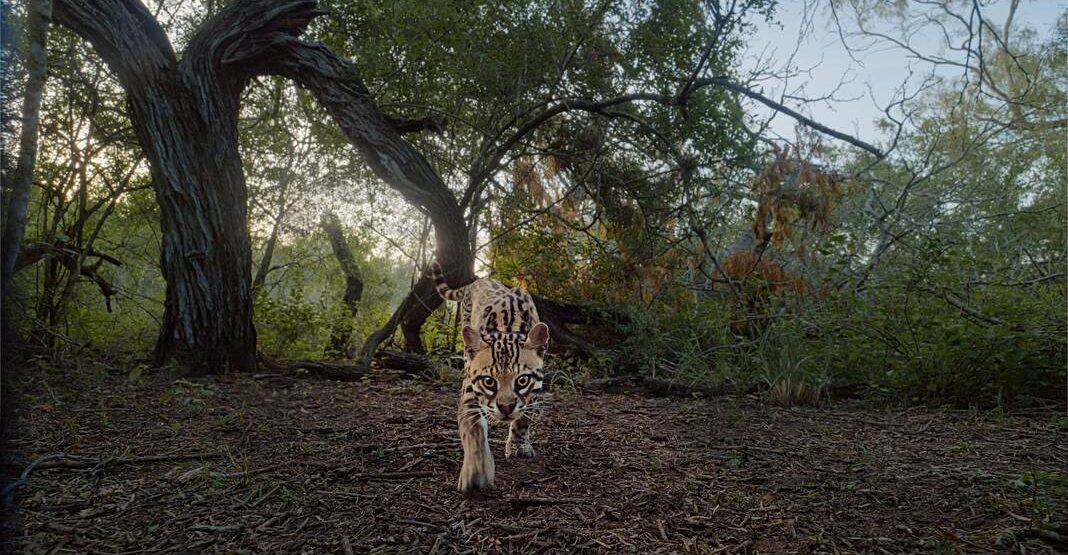“This is a story for all who love Texas.”
Those words, spoken by Academy Award winning actor Matthew McConaughey, perfectly introduce the new nature documentary, “Deep In The Heart: A Texas Wildlife Story,” which serves as a love letter to the Texas landscapes and the many diverse species who call the Lone Star State home.
McConaughey lends his star power and trademark Texas twang to tell the story of the Texas wilderness. The real stars of the film, however, are the wildlife captured in stunning 4K.

“‘Deep In The Heart’ is Texas’s first wildlife movie,” Director Ben Masters said about his film, which is similar in style to ‘Planet Earth.’
“It shows different species in all the different ecoregions across the state,” Masters added. “There’s parts that are really dramatic. There’s parts that are really funny. There’s parts that are sad. There’s parts that are full of hope. It’s just this snapshot in time of where we are as a society in regards to our wildlife and the wild landscapes in Texas.”
Animals from all different regions of the state are showcased, including mountain lions in west Texas, bats in central Texas, gators in the east Texas swamps, and the elusive ocelot — filmed in the Rio Grande Valley.
For perspective, there are roughly 80 known ocelots in existence in the entire country, the film asserts.
“To my knowledge, a high-quality video of a wild ocelot has never been taken before in the United States prior to us filming,” Masters said. “So it was very intimidating getting into it. We knew right from the get-go that we would need the help of some biologists who study these cats.”

Masters’ camera crew, working alongside researchers from the Caesar Kleberg Wildlife Research Institute in Kingsville, not only managed to film an adult cat, but one with a bundled surprise at the East Foundation, a ranch located in Port Mansfield that is home to nearly 35 ocelots.
“We’ve been doing research for many years,” Masters said. “There’s this one particular spot that had a female that they would consistently see on camera traps and on GPS. Sometimes when they study them, they’ll put a GPS collar on them. They told us where to go, and we ended up setting up a bunch of consumer-grade research cameras and patterning this cat, figuring out where she walked, which trails she liked, what trees she likes to hang out in.”
By using 4K DSLR homemade camera traps deployed in the brush with motion detectors, they were able to capture a miracle in nature, Masters said.
“We ended up getting this amazing 4k footage of these ocelots. Miraculously, as soon as we started getting them dialed in, the mom had kittens,” the director said. “We were able to document her raising these kittens. It was just amazing. We put together this beautiful sequence where you can actually see these cats and see what they’re doing out there. It’s really special.”
Christian von Preysing, a reporter for KRGV-TV, helped the crew capture the special moments for the film in his spare time. He said he worked for about two years, off and on, helping to set up the remote cameras used to capture the ocelots.
He recalled trekking through thick brush on his hands and knees in order to check the cameras for the film.
“It’s pretty cool and historic that we were able to be there at the right time and the right place with the right equipment and the right team to get everything all set up properly to execute it,” von Preysing said. “I just stumbled into this opportunity by getting in touch with these people and offering to help. It was cool to be a part of a project where you have the scientist that laid the groundwork way ahead of the filmmakers. Without the knowledge of the scientists that had been researching this area for years and decades, we really wouldn’t even know where to start.”

He hopes the film serves as a source of pride for residents and nature lovers of the Rio Grande Valley.
“A lot of people are aware that there’s wildlife out there, but maybe they haven’t had the opportunity to see them or they’re just so caught up in urban life to get out there,” von Preysing said. “There’s a lot to uncover within the Valley and the surrounding area, and the rest of Texas — areas where you could take a day trip and see some really cool stuff.”
For Masters, who describes himself as a proud Texan, the film gives him a chance to share his passion for his home state with others. He hopes the stunning cinematography captured with state-of-the-art cameras and beautiful, yet efficient storytelling will ignite a love for Texas from audiences as well.
“It’s in 4K Dolby Vision, so it’s going to look as good as anything you’ll see on Disney+ or on Netflix,” Masters said. “It looks bad-ass.”
Aside from a love for the beauty around us, ‘Deep in the Heart’ imparts a message, a warning to those who take pride in living in the state known for its stern ‘Don’t mess with Texas’ motto.
“I hope that people watch it and have a newfound appreciation for the Texas ecosystem and how special our state is from a biological perspective,” Masters said. “We need to take care of it. Texas is so special. We have North America’s biggest migrations that go through here. We have species that are found nowhere else. We have a mixture of all these different ecosystems that combine here from across North America. I want people to watch it and just fall back in love with Texas and do what they can to help the wildlife and landscapes they depend on.”
“Deep In The Heart” is currently showing at Cinemark Hollywood USA in McAllen and Cinemark Sunrise Mall in Brownsville.





